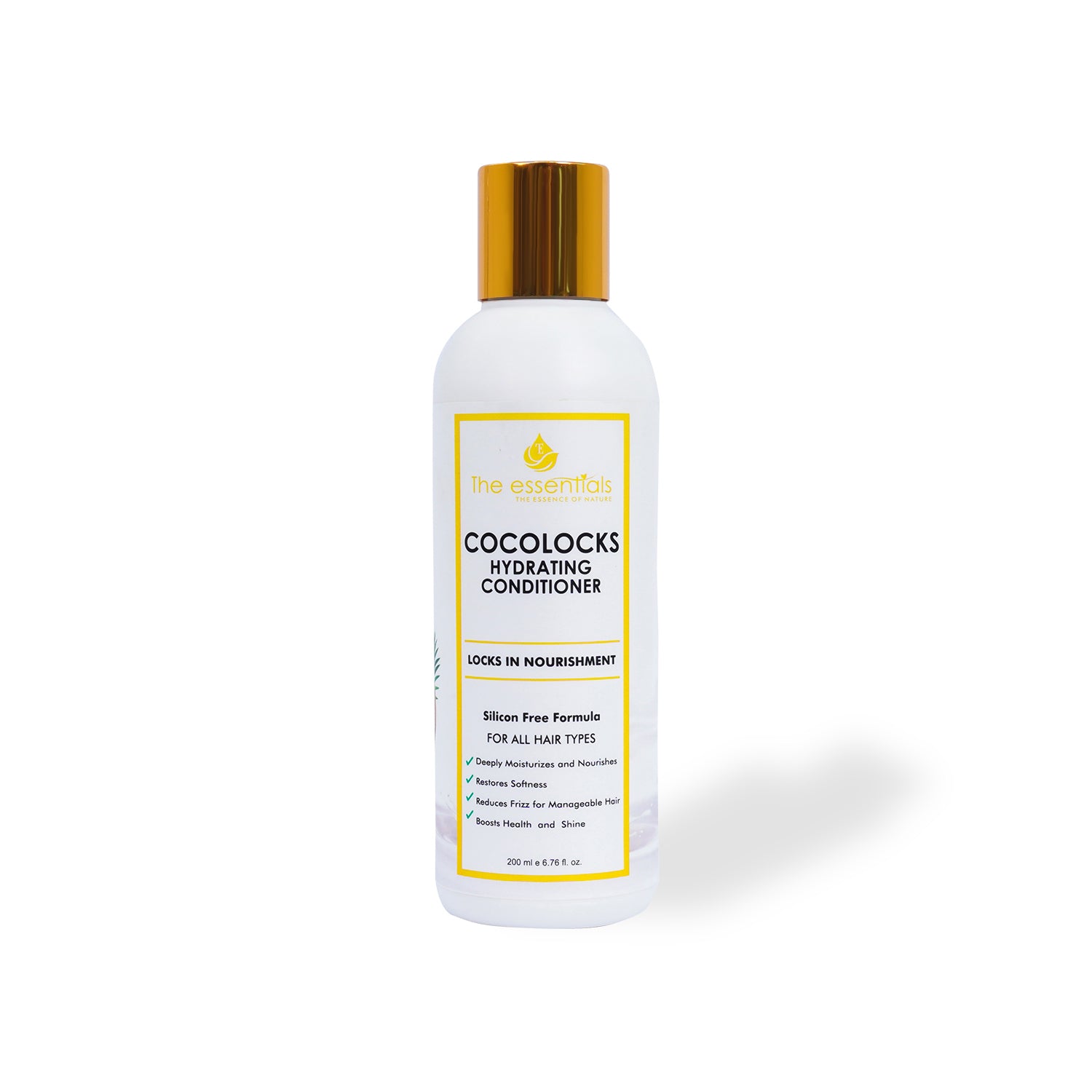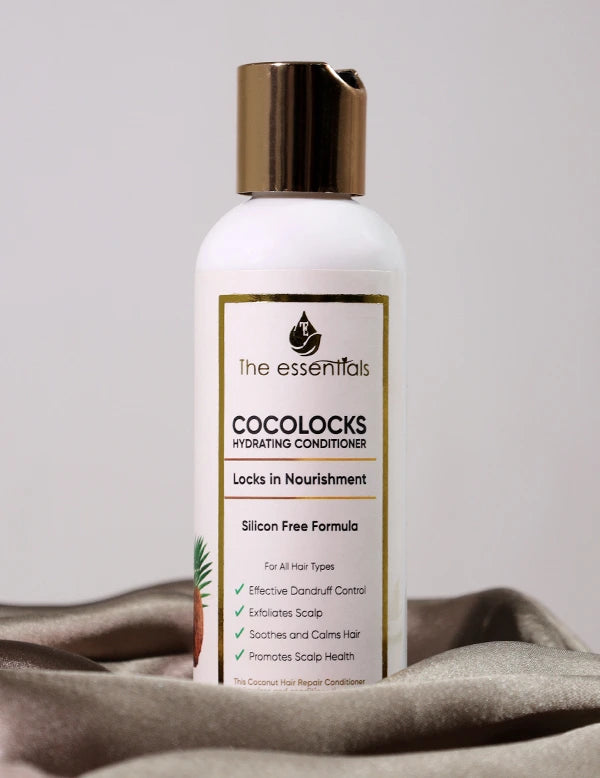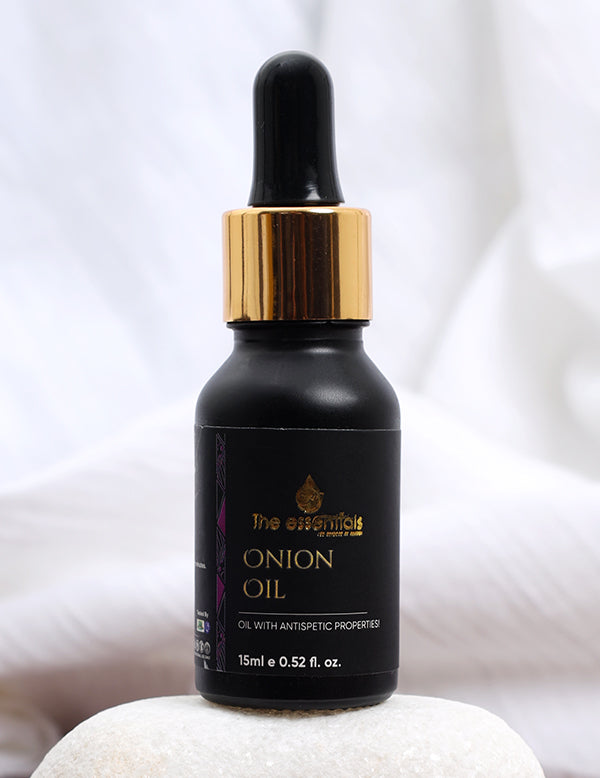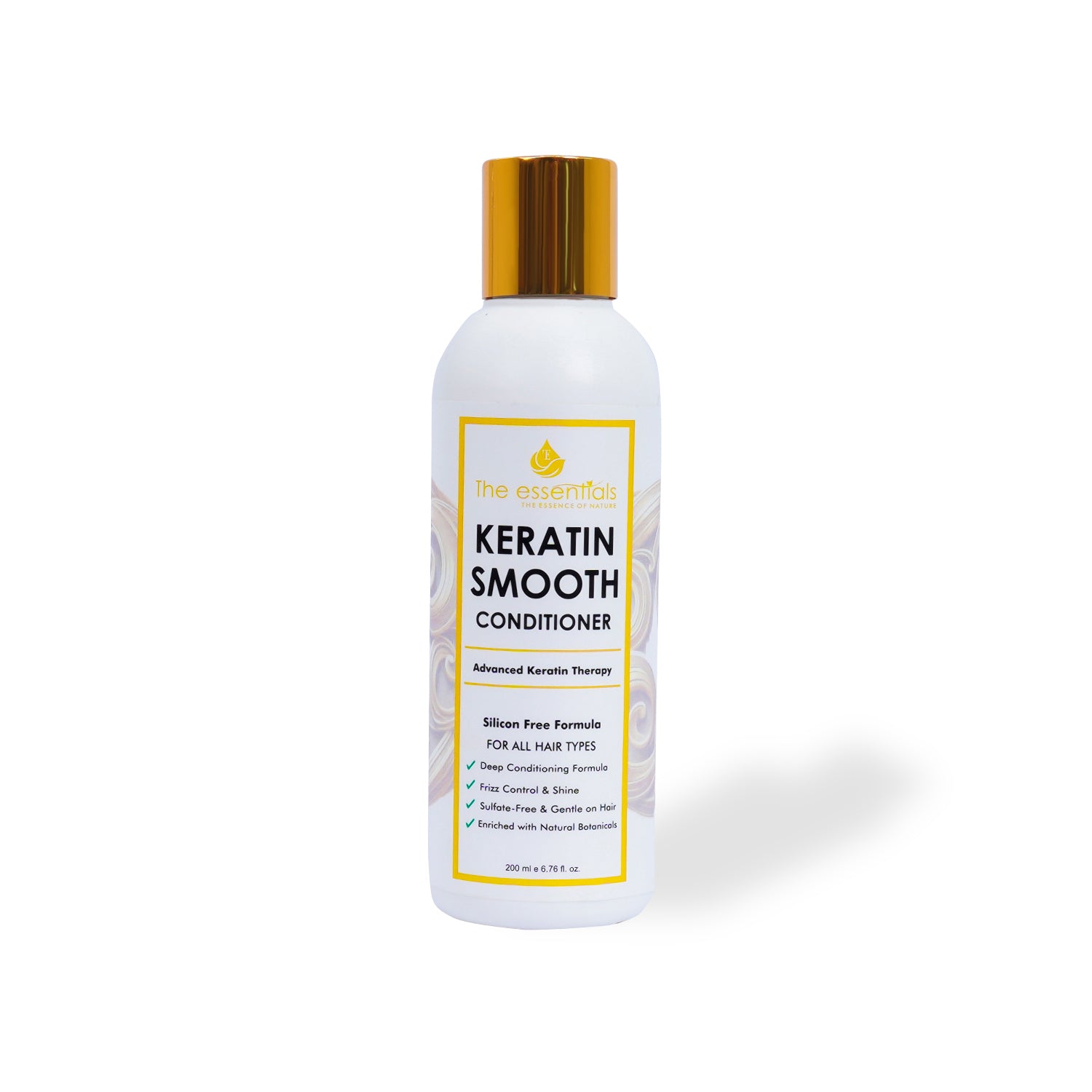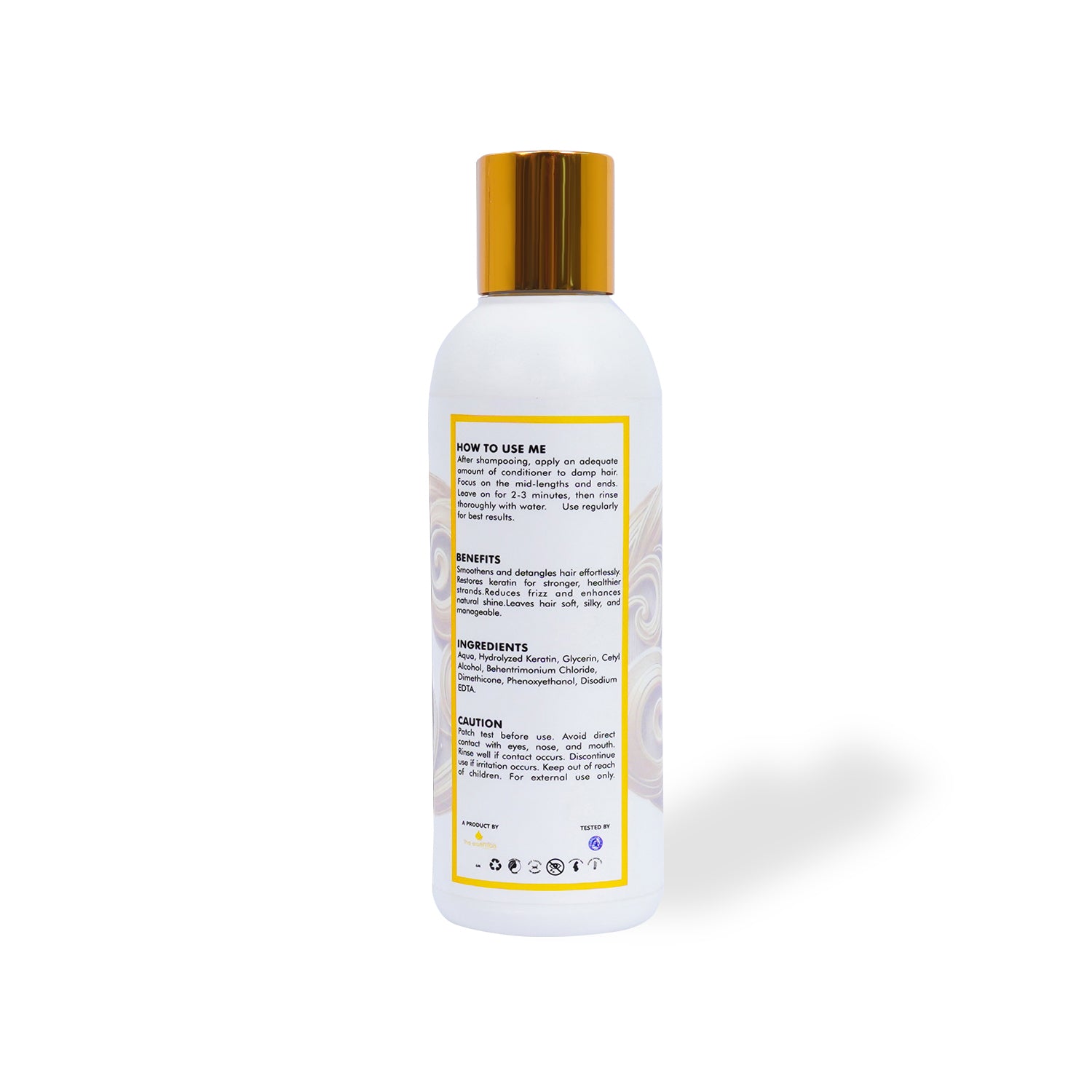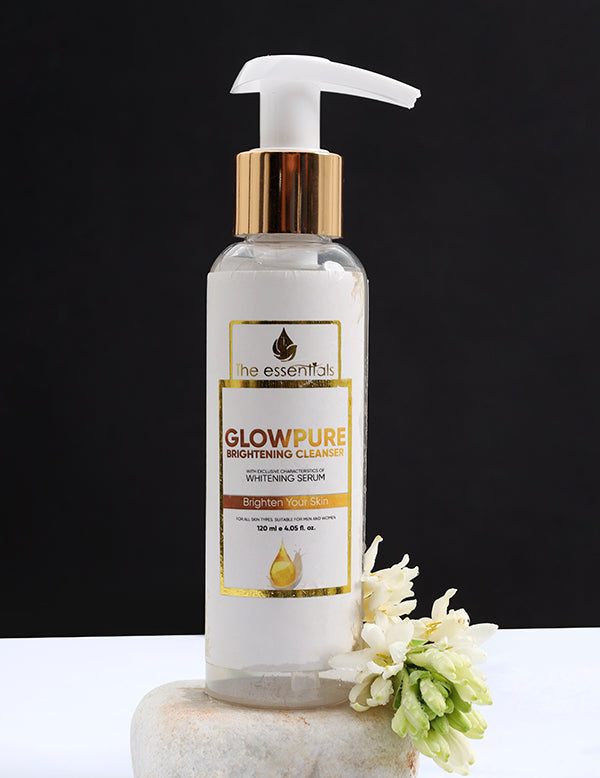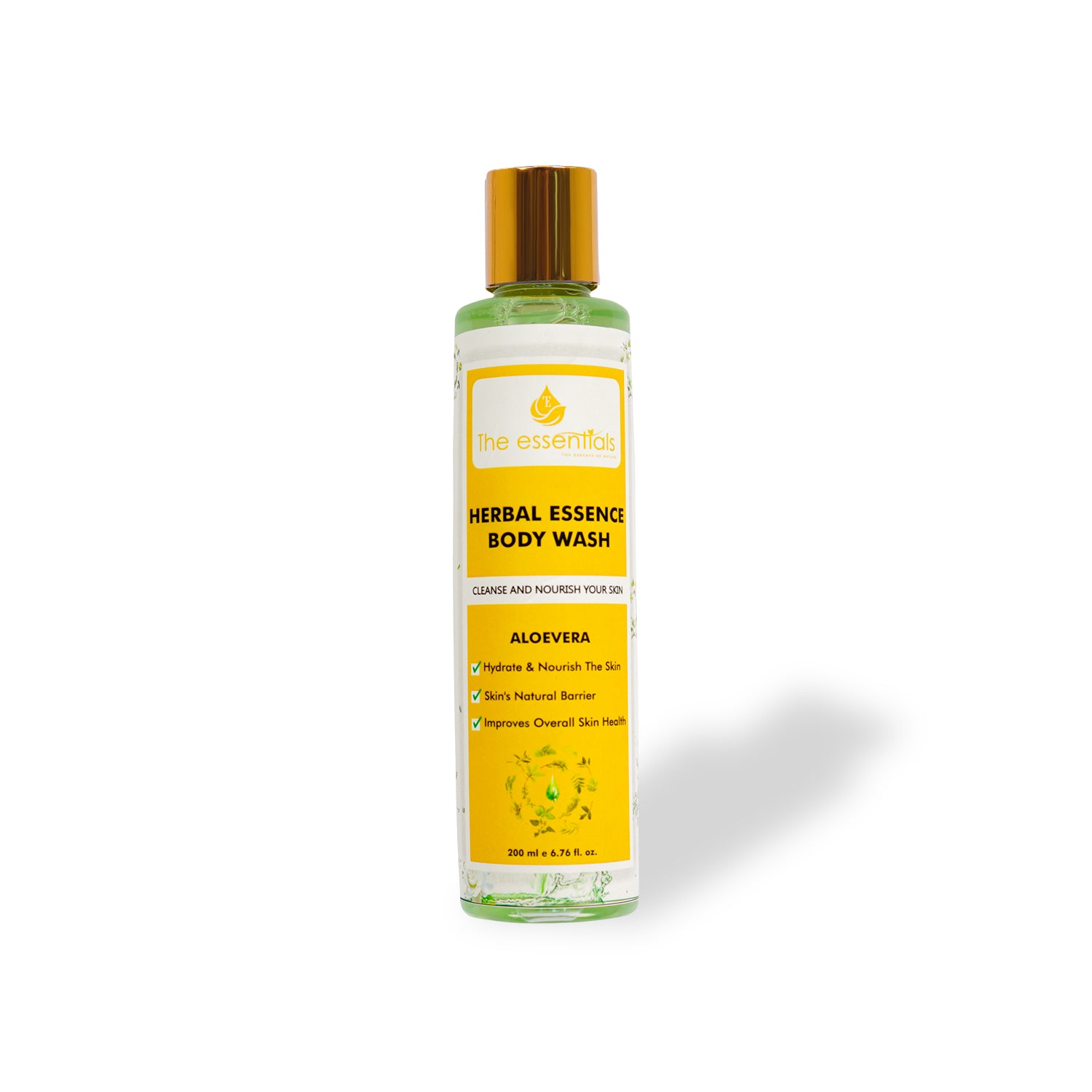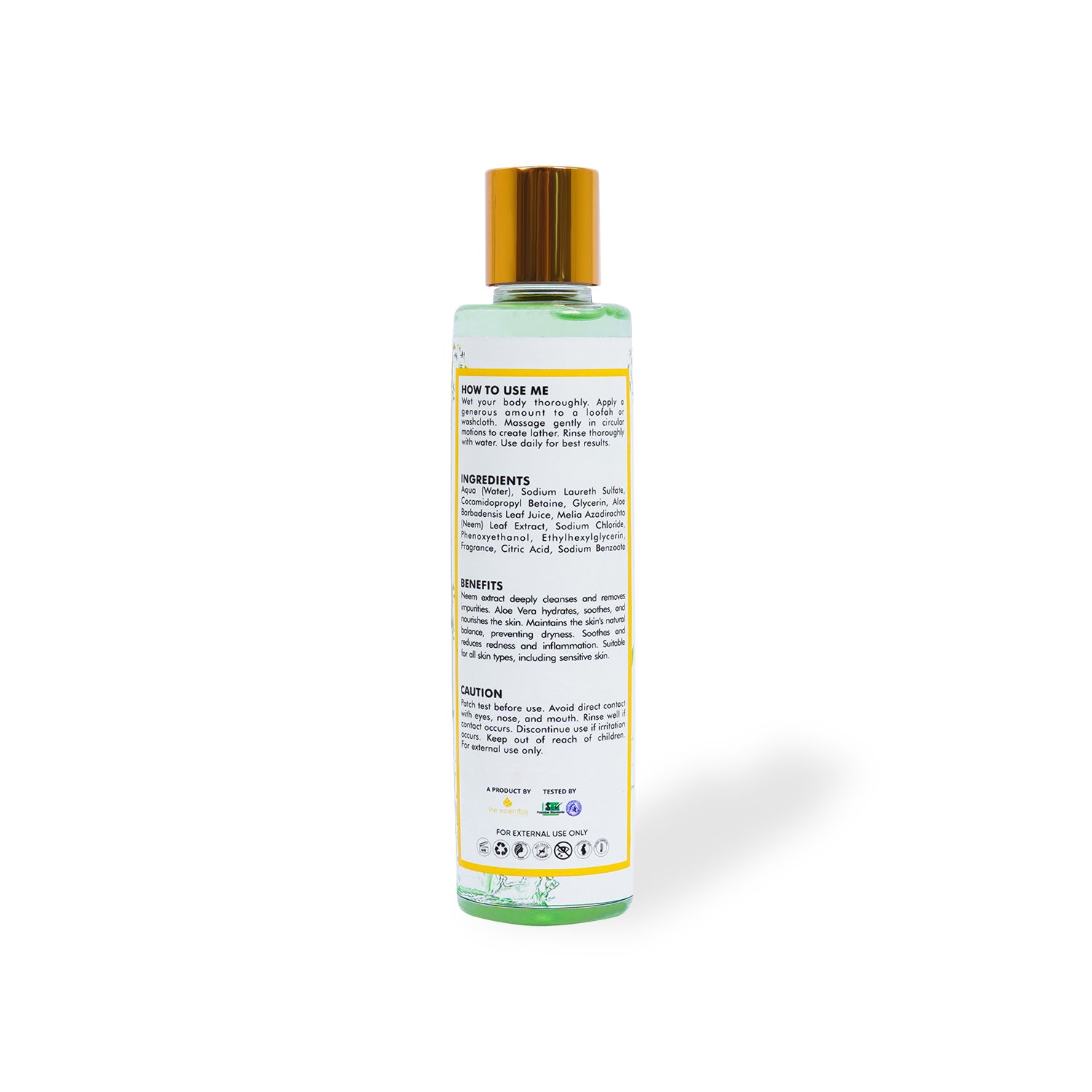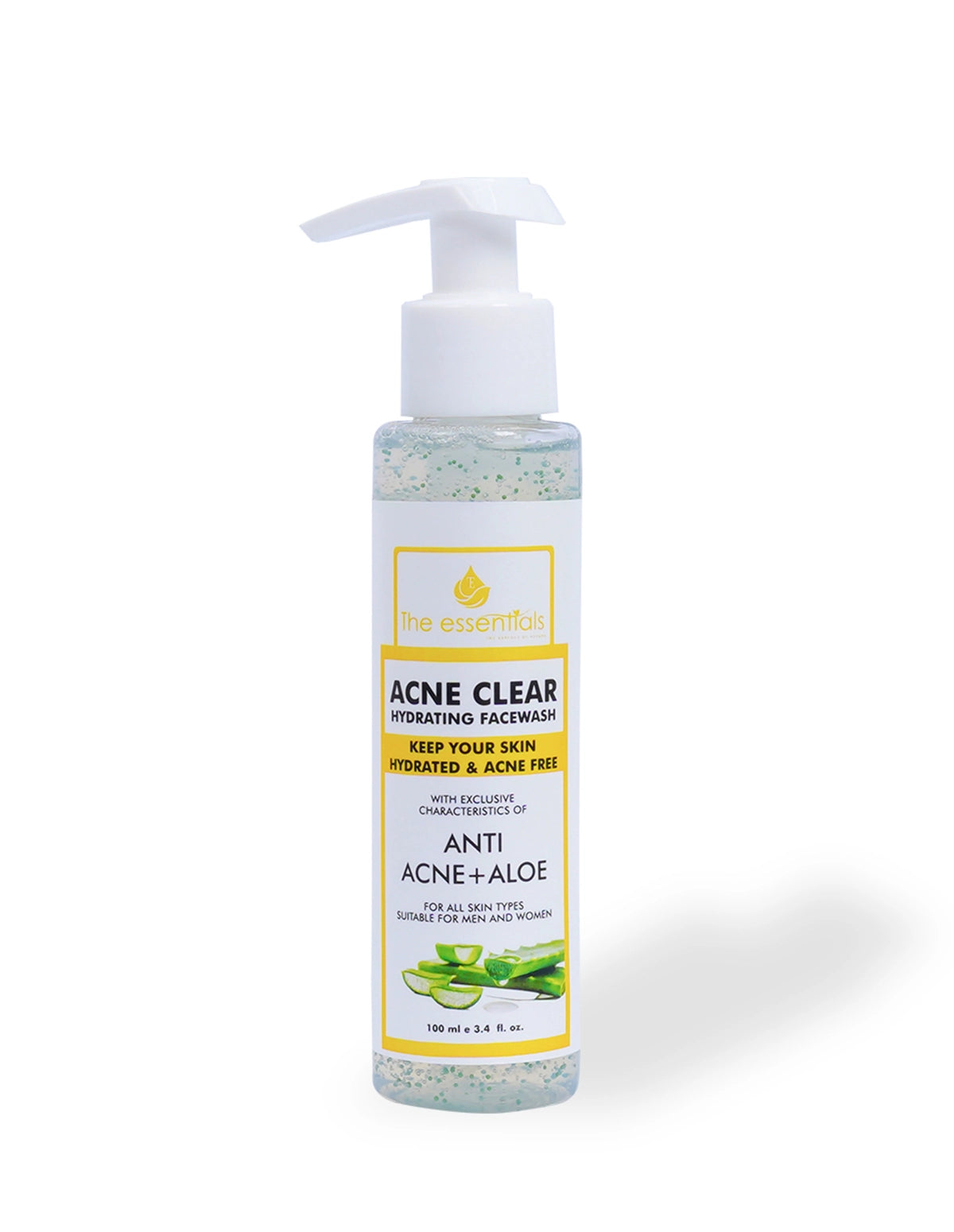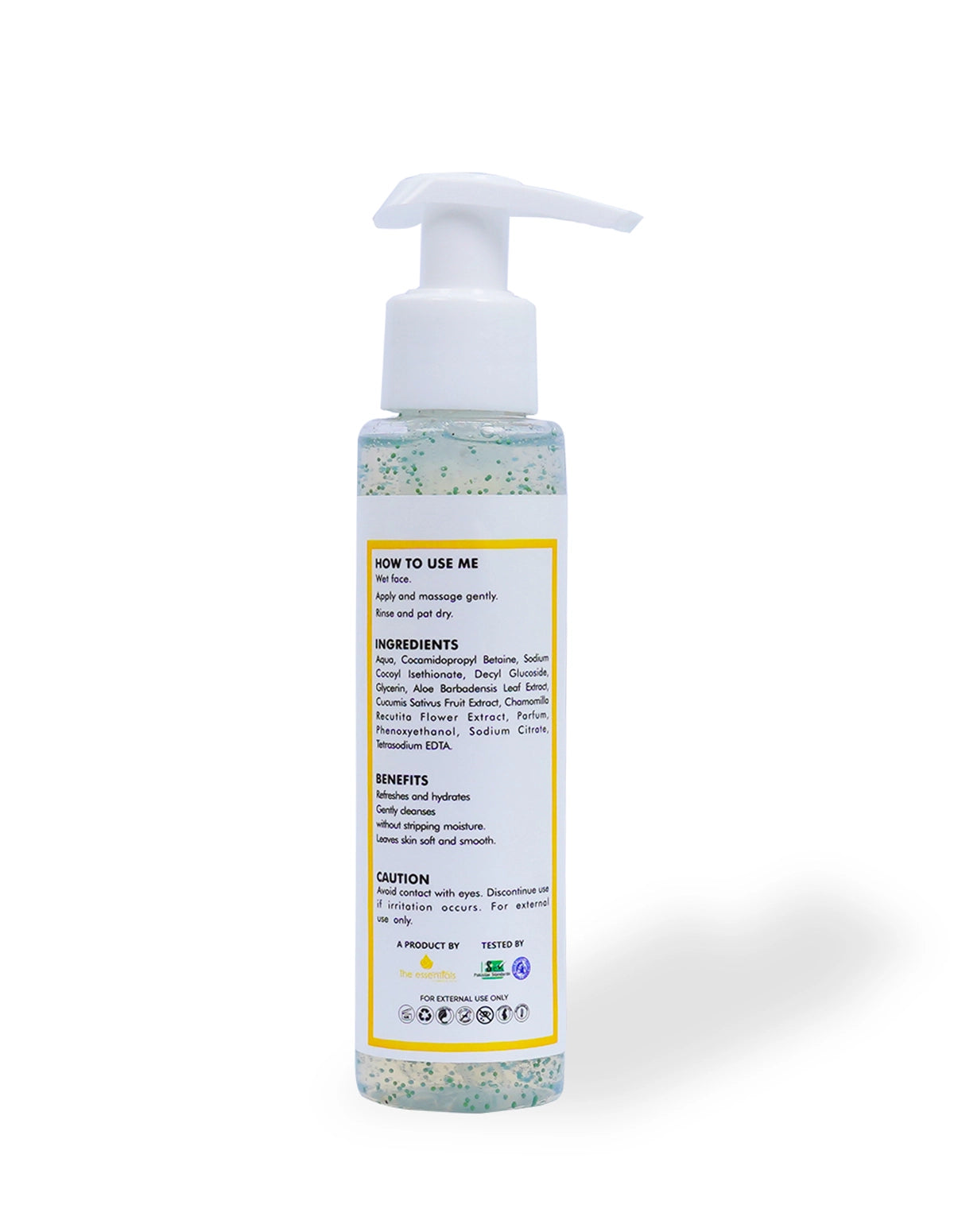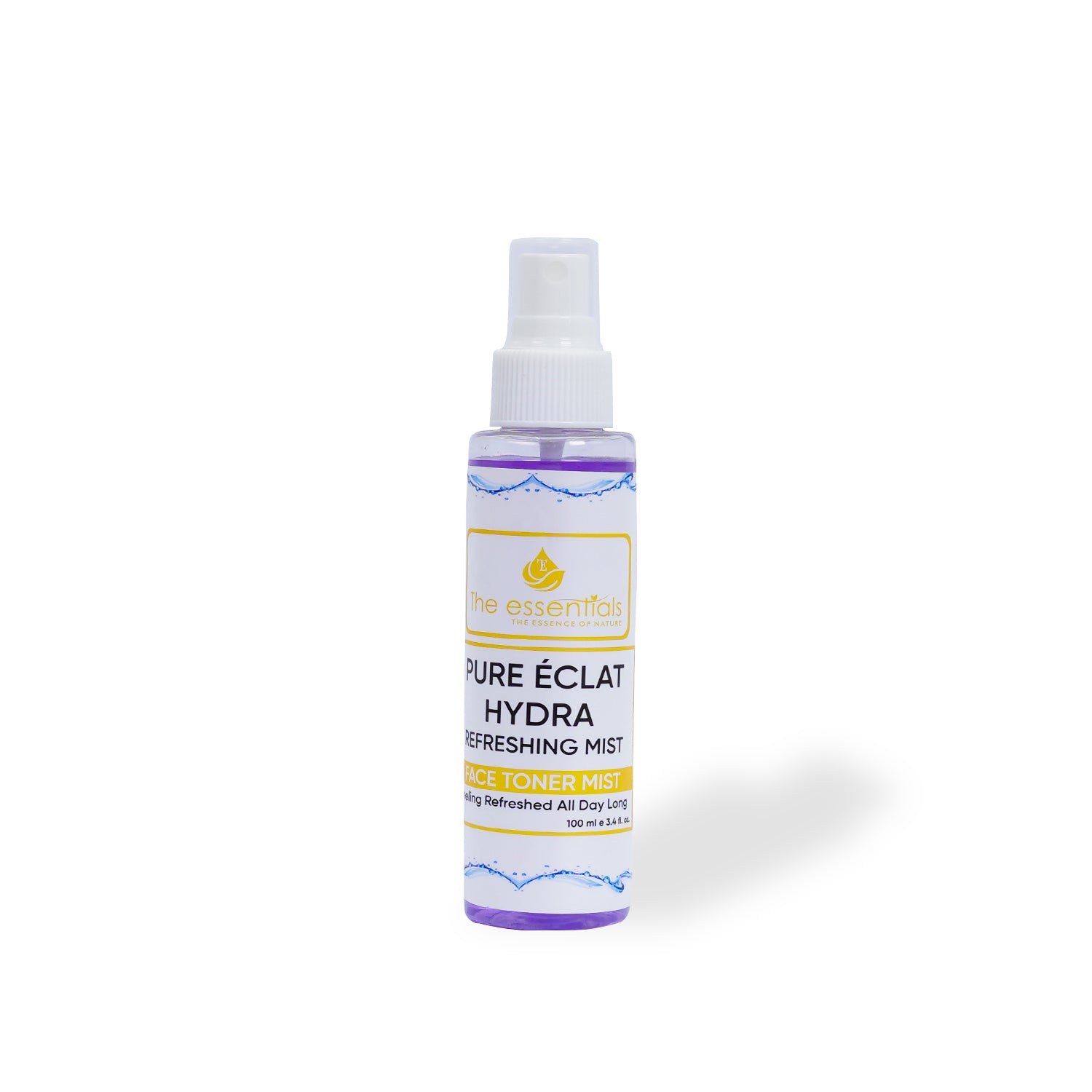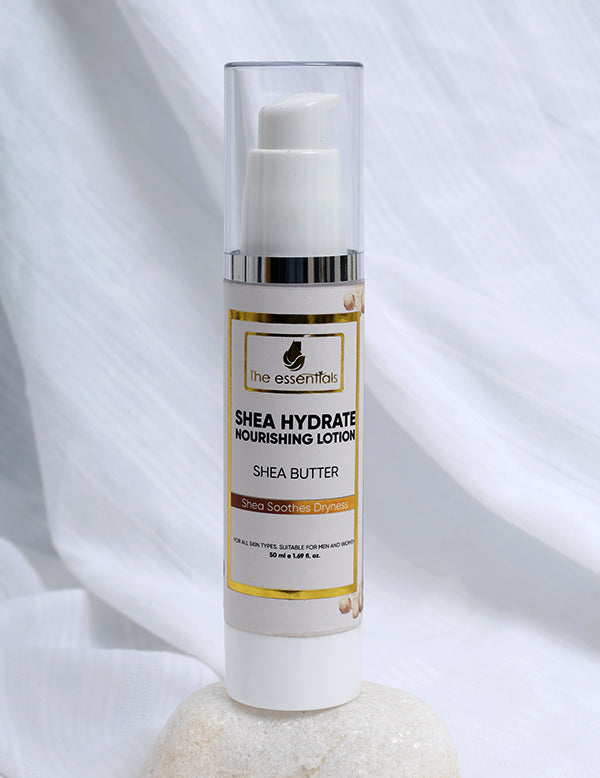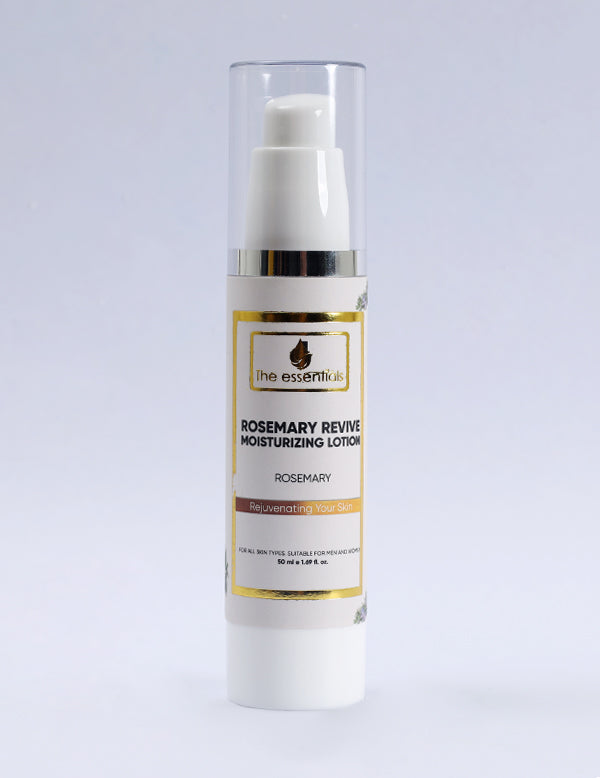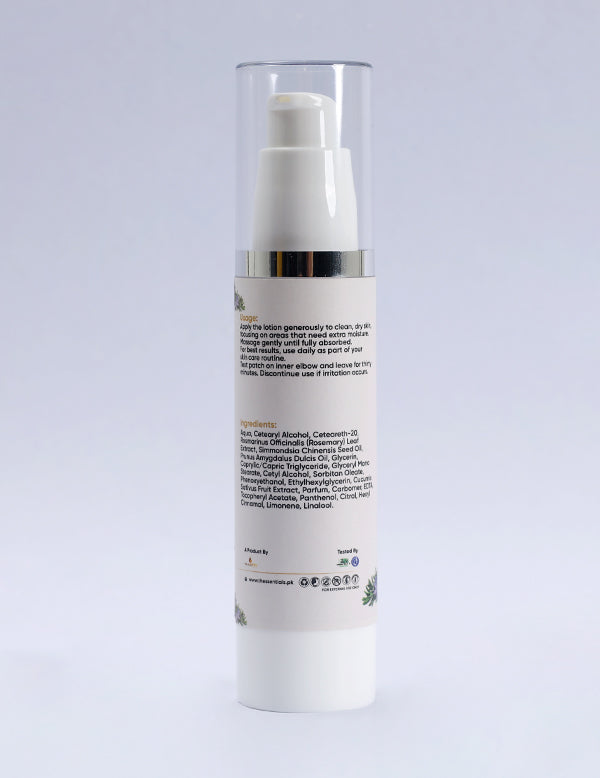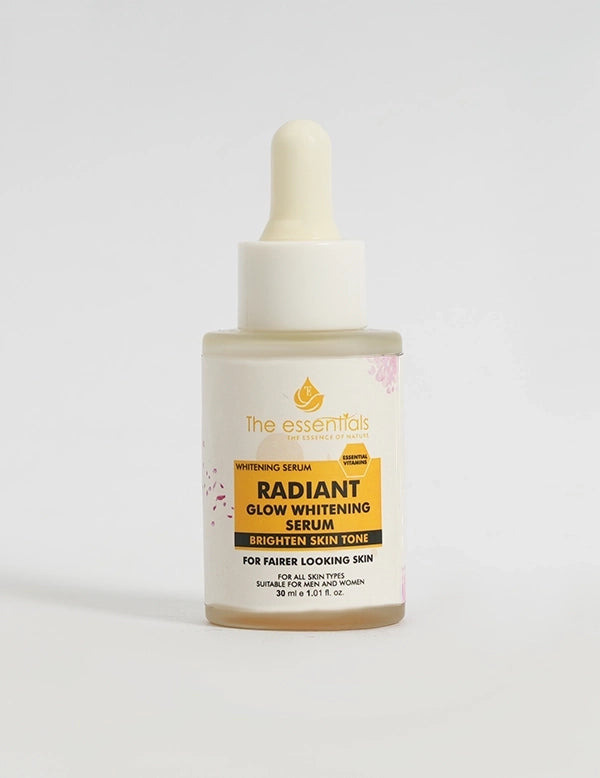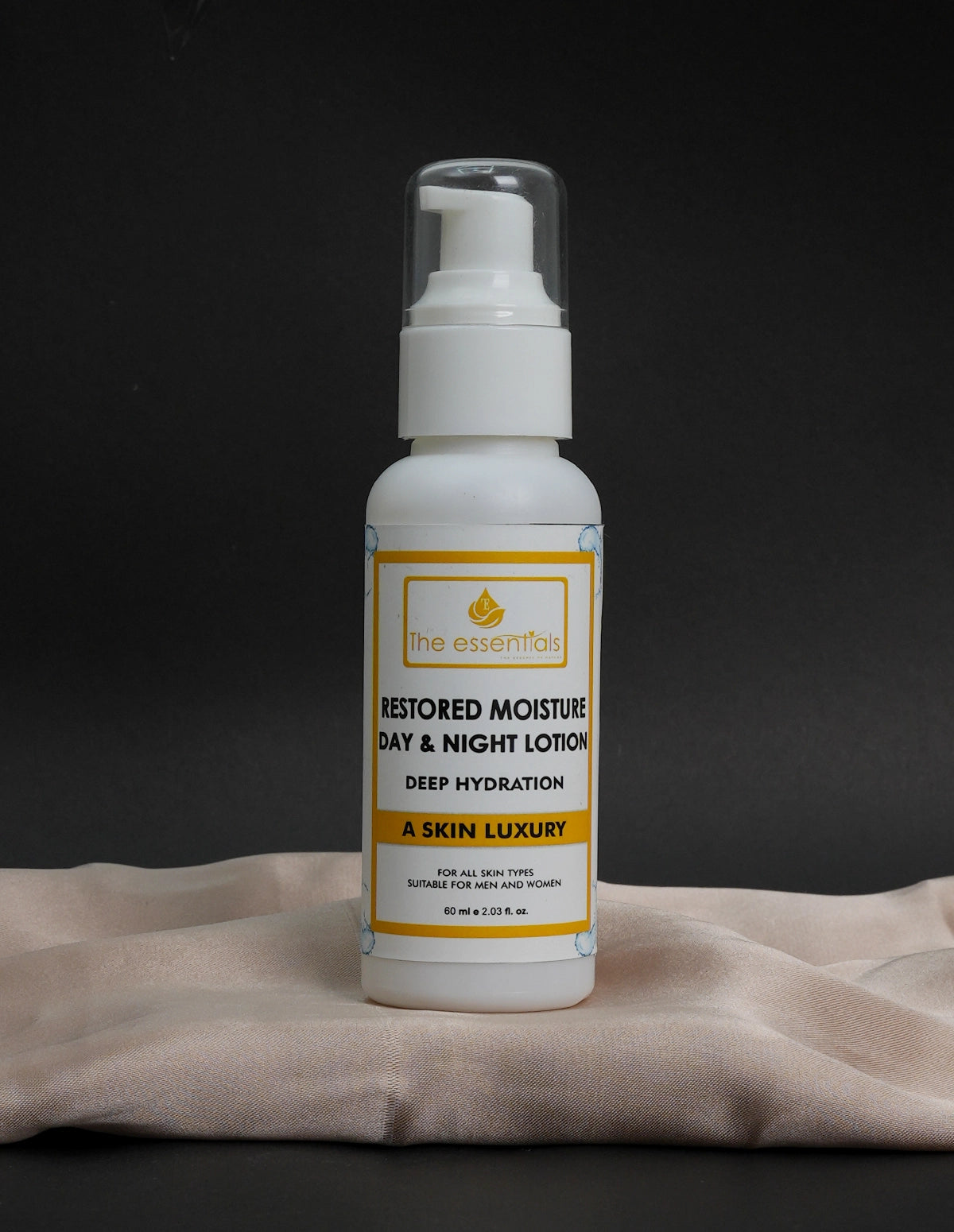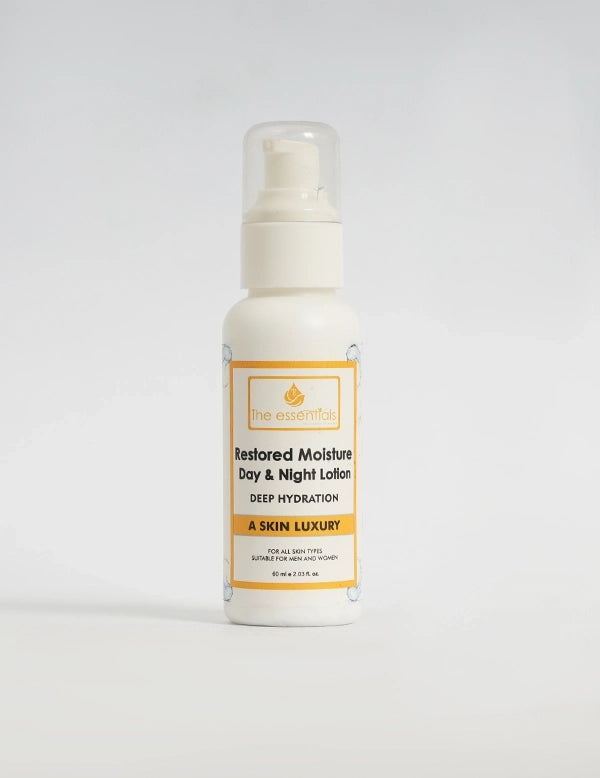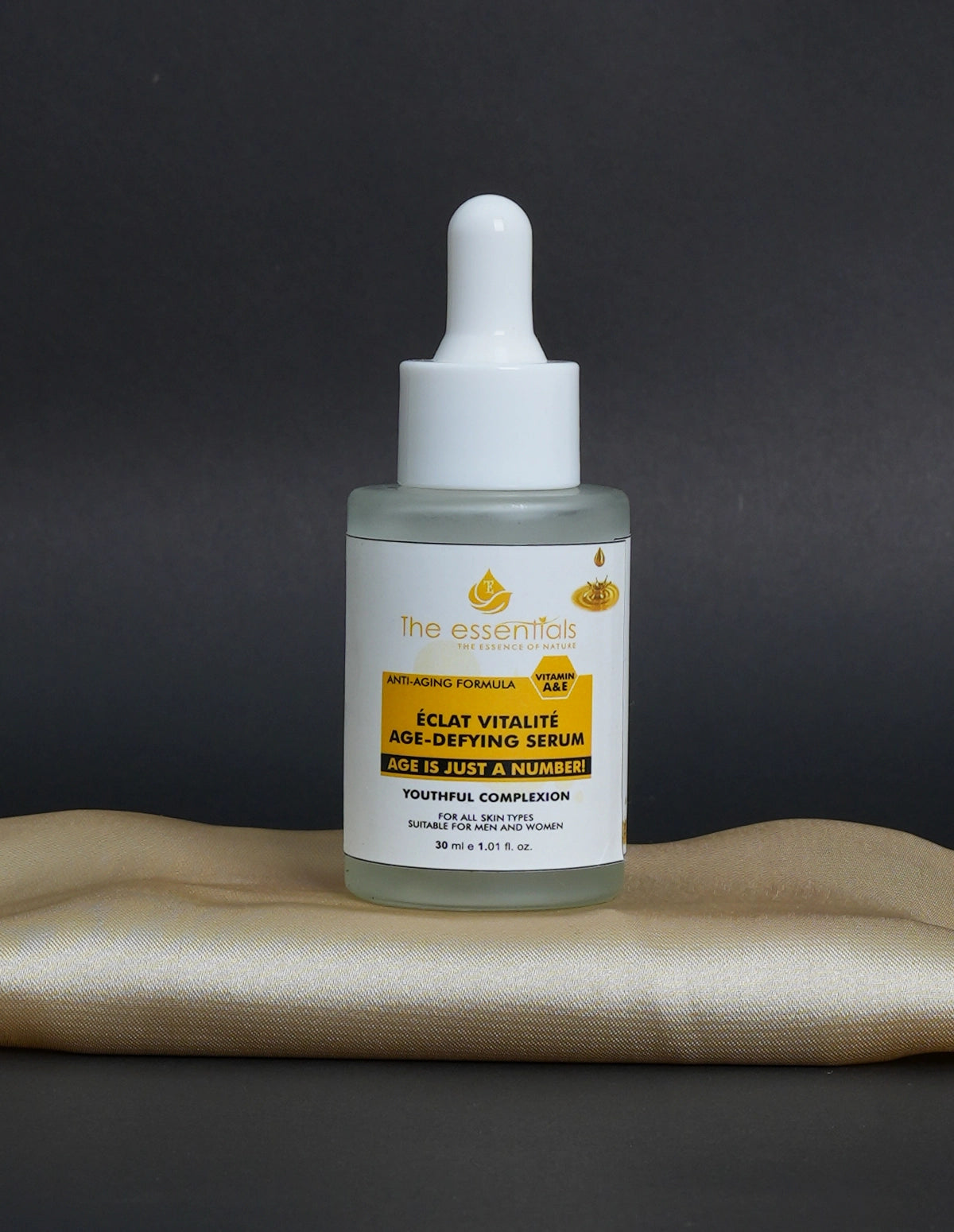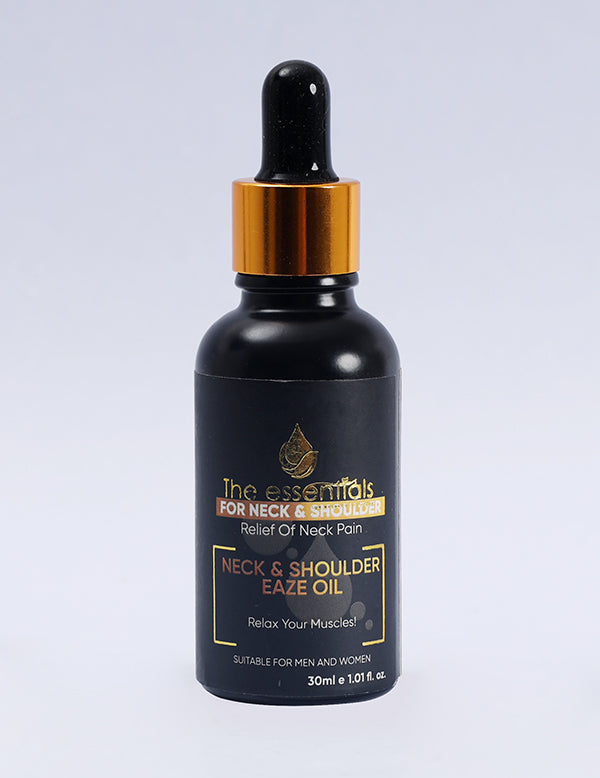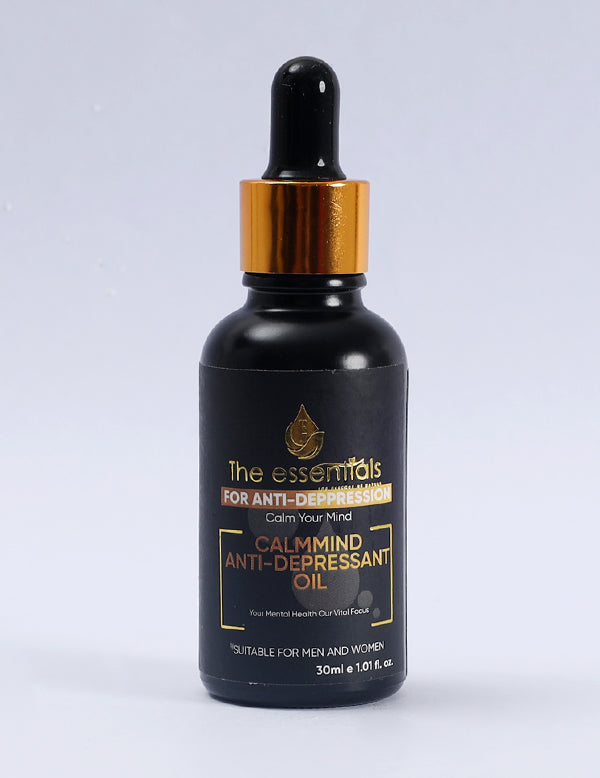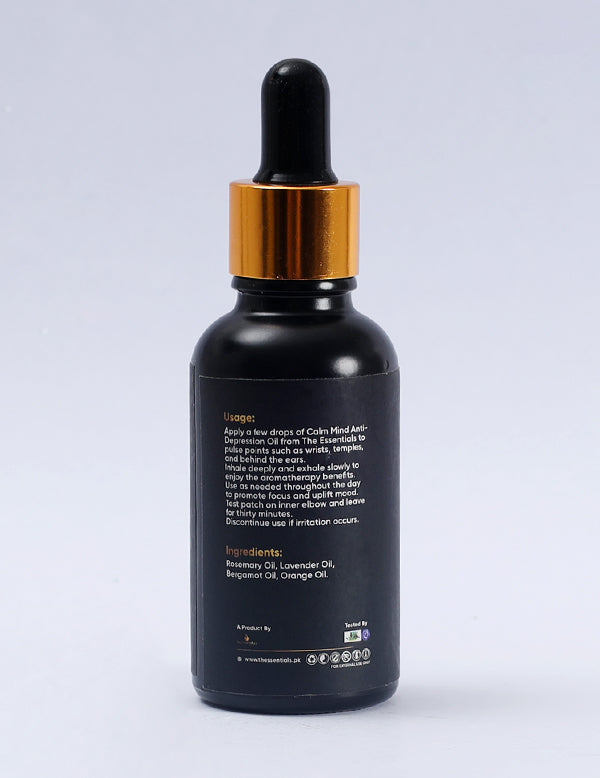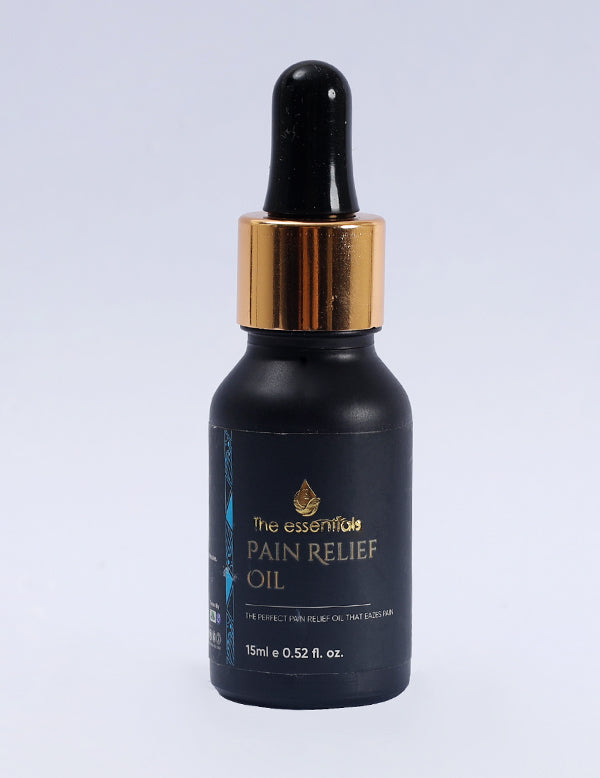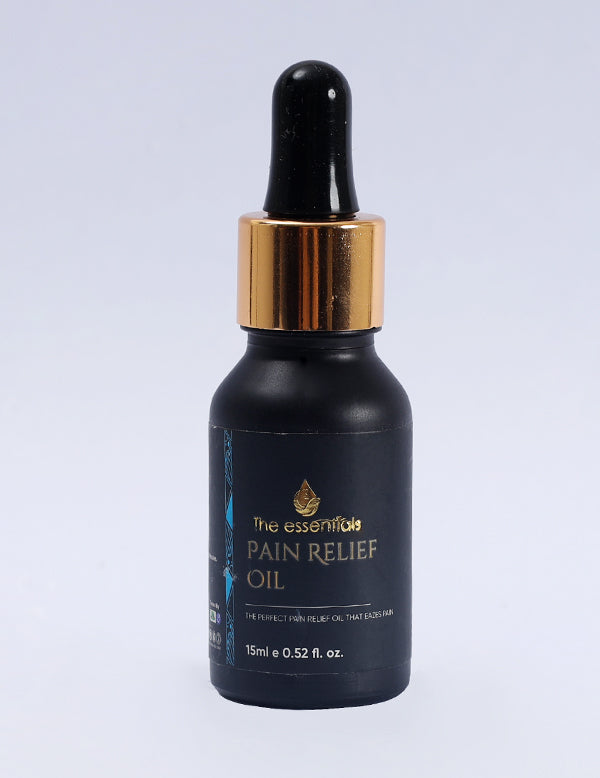Hair Care
Face Wash And Body Wash
Skin Care
Essential Oils & Pain Management
Our Certifications


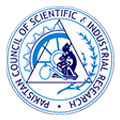


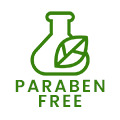

Blog posts
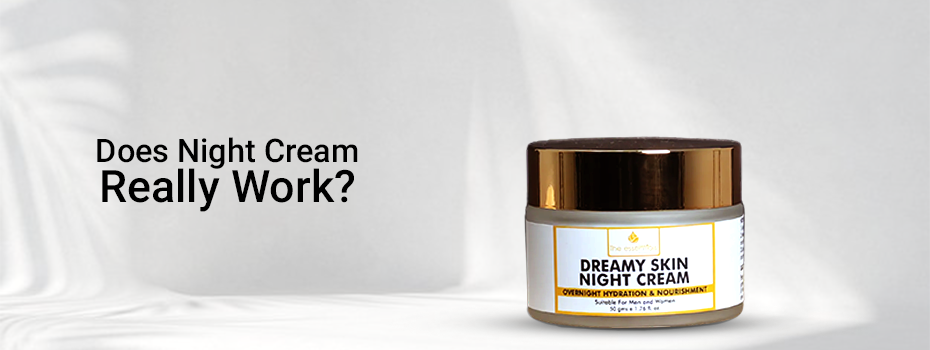
Does Night Cream Really Work? The Truth Behind Night Cream Benefits
Night creams are essential for skin hydration, repair, and rejuvenation while you sleep. ThEssentials Dreamy Night Cream is one of the best night creams in Pakistan, offering deep hydration, anti-a...
Read more
Can Sulfate-Free Shampoo Be Used Daily?
Sulfate-free shampoo is safe for daily use and helps maintain healthy hair by preventing dryness, frizz, and irritation. Unlike traditional shampoos, it preserves natural moisture, making it ideal ...
Read more
Age-Defying Serum Is No Longer a Myth – This Face Serum Really Works!
Age-defying serums are no longer a myth—Essentials Éclat Vitalité Age-Defying Serum delivers real results. Packed with powerful ingredients, it reduces wrinkles, enhances skin elasticity, and resto...
Read moreLet customers speak for us
Frequently Asked Question's
A basic skincare routine typically involves four key steps. Start by cleansing your face with a gentle cleanser to remove dirt and impurities. Next, apply a hydrating toner or mist to balance your skin's moisture levels. Follow this with a targeted serum to address specific skin concerns, such as brightness or aging. Finally, moisturize with a suitable cream to keep your skin hydrated and protected throughout the day. Adjust the products based on your skin type for the best results.
To stop hair fall, use gentle, sulfate-free hair care products and maintain a healthy diet rich in vitamins and minerals. Reduce stress through relaxation techniques like yoga or meditation, and limit heat styling to prevent damage. Regular scalp massages can improve circulation and promote growth, while staying hydrated helps keep your hair nourished. If hair fall continues, consult a healthcare professional or dermatologist for personalized advice and treatment options.
Pain management guidelines focus on assessing the patient's pain and creating personalized treatment plans. A multimodal approach combines medications, physical therapy, and non-drug therapies like cognitive-behavioral therapy. Patient education is vital for informed decision-making, and regular monitoring helps adjust treatments as needed. Collaborative care among healthcare providers ensures effective pain management tailored to individual needs.












